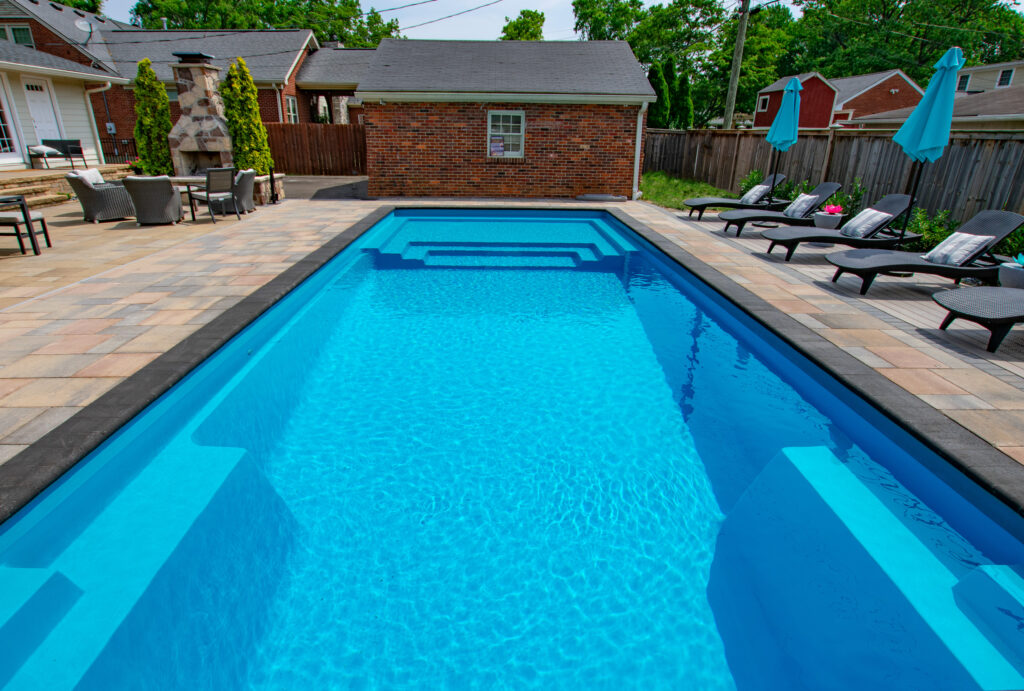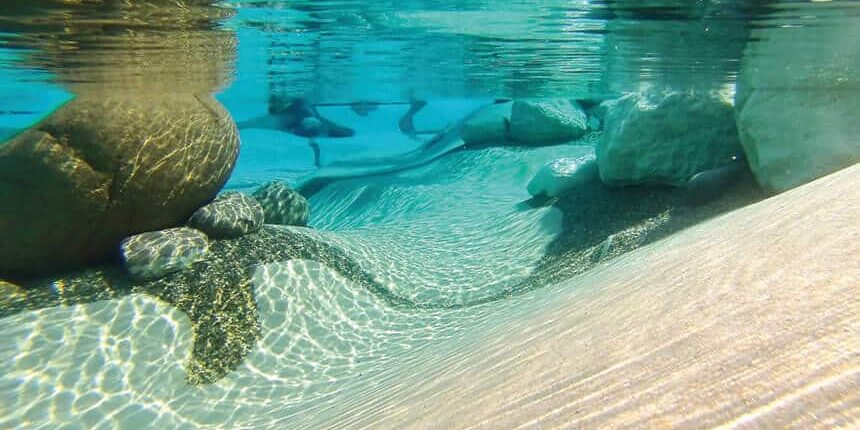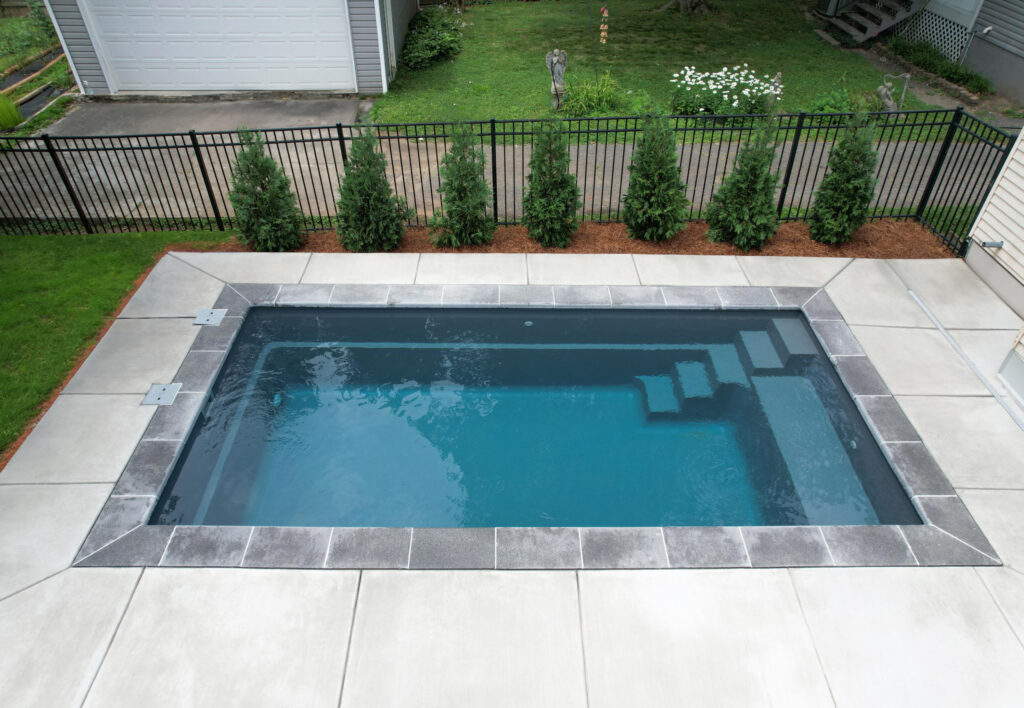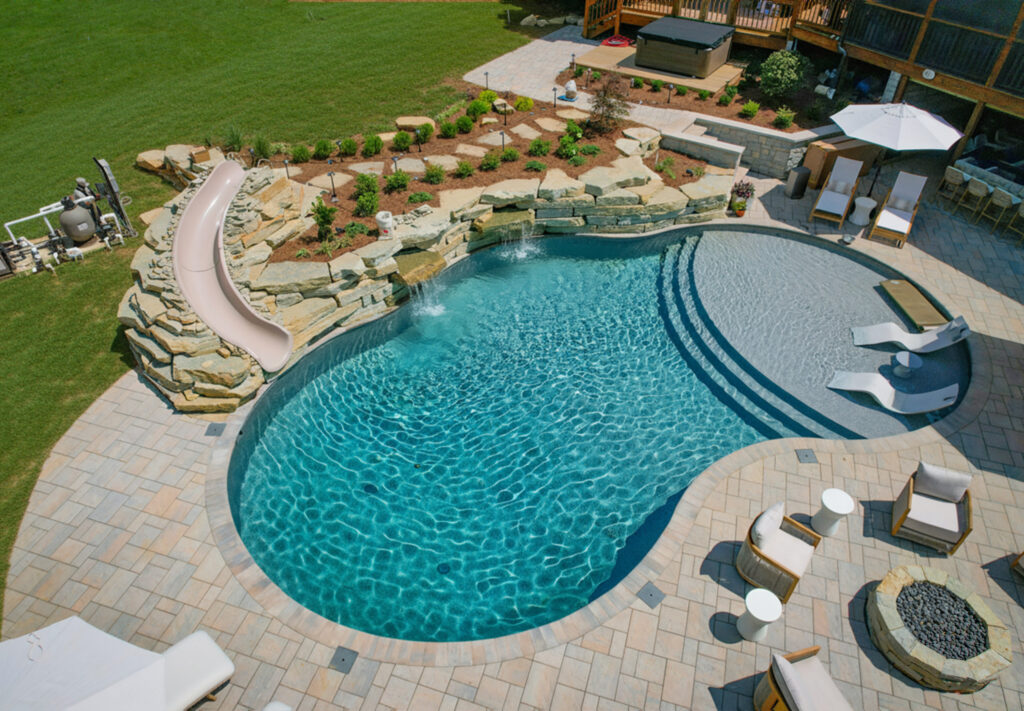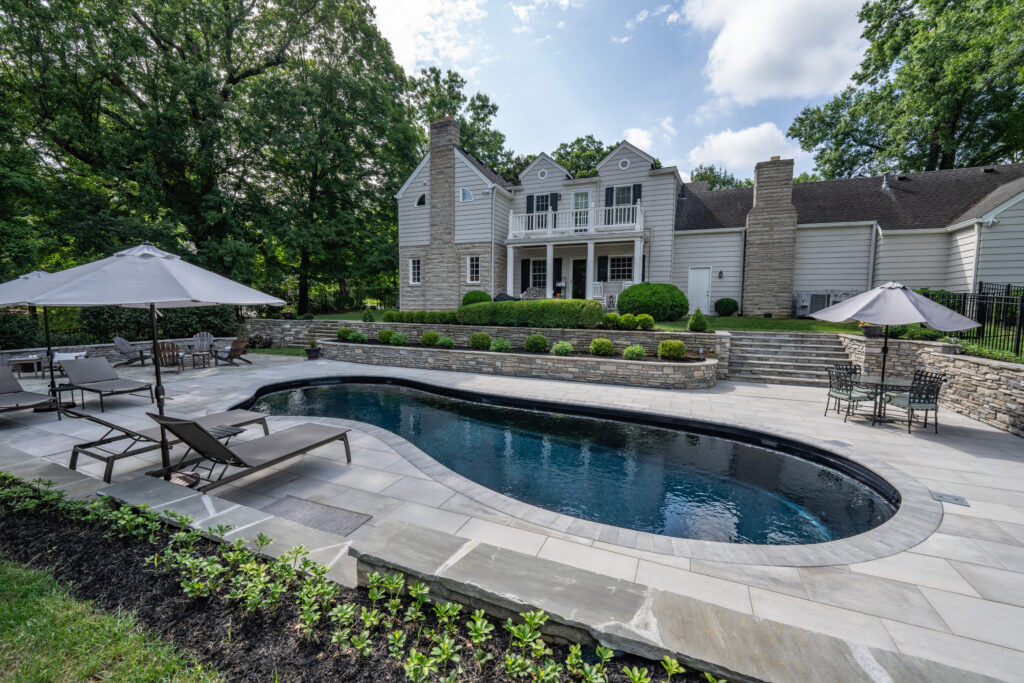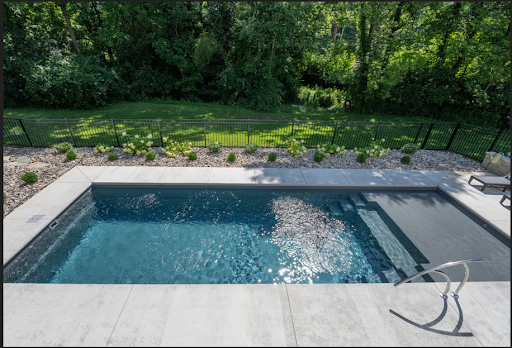Maintaining a swimming pool involves more than just skimming leaves and vacuuming debris. Maintaining the water chemistry is crucial to ensure not only the pool’s longevity but also the longevity of the pool equipment. Follow this guide to adjust your pool chemicals correctly, ensuring optimal water quality.
The A-B-C’s of Adding Chemicals
Just like learning your ABCs, adding pool chemicals follows a specific order for best results. Always adjust in the following sequence:
-
- A: Alkalinity
- P: pH
- C: Chlorine
Step 1: Adjust Alkalinity
Alkalinity acts as a buffer for pH, preventing rapid fluctuations. It’s essential to get this right first.
Raising Alkalinity
- Add Sodium Bicarbonate (Baking Soda, Alkalinity Increaser)
- Dosage: Adding 1.4 lbs per 10,000 gallons of water raises the alkalinity by 10 ppm.
Lowering Alkalinity
- Use Muriatic Acid, Sodium Bisulfate, or pH Down
- Add in small increments and retest every 2-4 hours until the desired range is achieved.
Note: Adjusting alkalinity and pH are interconnected. Lowering one can lower the other, so follow the sequence carefully.
Step 2: Adjust pH
The pH level indicates how acidic or basic the water is. Proper pH ensures chlorine effectiveness and comfort for swimmers.
Raising pH
- Add Soda Ash (Sodium Carbonate, pH Increaser)
- Dosage: Adding 1 lb per 10,000 gallons of water raises the pH by 1.0 ppm.
Lowering pH
- Use Muriatic Acid, Sodium Bisulfate, or pH Down
- Add in small increments and retest every 2-4 hours until the desired range is achieved.
Note: Saltwater pools generally have higher pH levels, requiring more frequent adjustments.
Step 3: Adjust Chlorine
With alkalinity and pH in check, chlorine can now work efficiently to sanitize the pool.
Normal Chlorine Adjustment
- Ensure Chlorine Levels are Consistent
- Regularly add chlorine tablets or liquid chlorine as per the pool’s needs.
Shock Treatment for Combined Chlorine
When chlorine in the pool isn’t effective, you may need a shock treatment.
- Example for a 20,000-gallon pool
- Normal Shock Treatment:
- 2 lbs of chlorine (1 lb per 10,000 gallons).
- Combined Chlorine Issue
- Free Chlorine: 2.0 ppm (add 4 lbs of chlorine shock).
- Total Chlorine: 4.0 ppm.
- Combined Chlorine: 2.0 ppm (add 2 lbs of oxidizing shock).
- Normal Shock Treatment:
Exception: Never let chlorine levels deplete completely to avoid the pool turning green. Regularly add shock or tabs as necessary.
Step 4: Address Additional Issues
After balancing alkalinity, pH, and chlorine, address other water quality factors.
Calcium Hardness
Calcium is crucial, especially in hot tubs, saltwater pools, or spas. Low levels can lead to scale formation.
- Raising Calcium Levels
- Add Calcium Chloride (Calcium Flakes, Hardness Increaser)
- Dosage: 1 lb per 10,000 gallons raises levels by 10 ppm.
- Lowering Calcium Levels
- Drain and Replace Water: This is the only effective method to lower calcium levels.
- Add Calcium Chloride (Calcium Flakes, Hardness Increaser)
Cyanuric Acid (CYA)
CYA protects chlorine from UV degradation but must be balanced properly.
- Testing Levels
- Always test CYA levels before adding.
- Raising CYA Levels
- Add Cyanuric Acid (UV Block, Stabilizer):
- Dosage: 1 lb per 10,000 gallons raises levels by 10 ppm.
- Add Cyanuric Acid (UV Block, Stabilizer):
- Lowering CYA Levels
- Drain and Replace Water: The only guaranteed way to lower CYA levels.
By following this guide and adjusting chemicals in the proper order, you’ll maintain a pool that’s safe, clear, and ready for swimming. Regular testing and adjustments ensure that your pool remains a refreshing oasis all season long.
